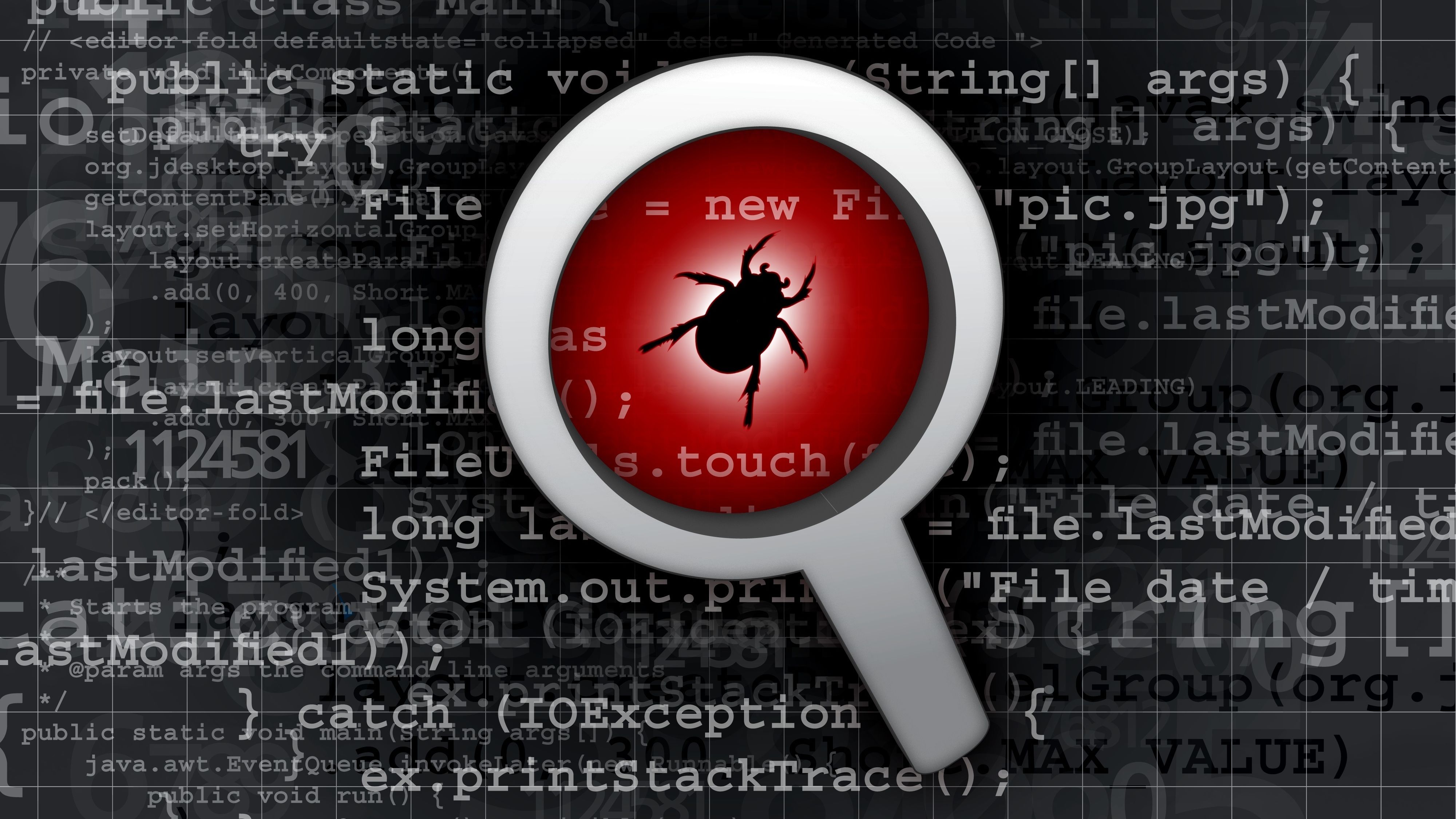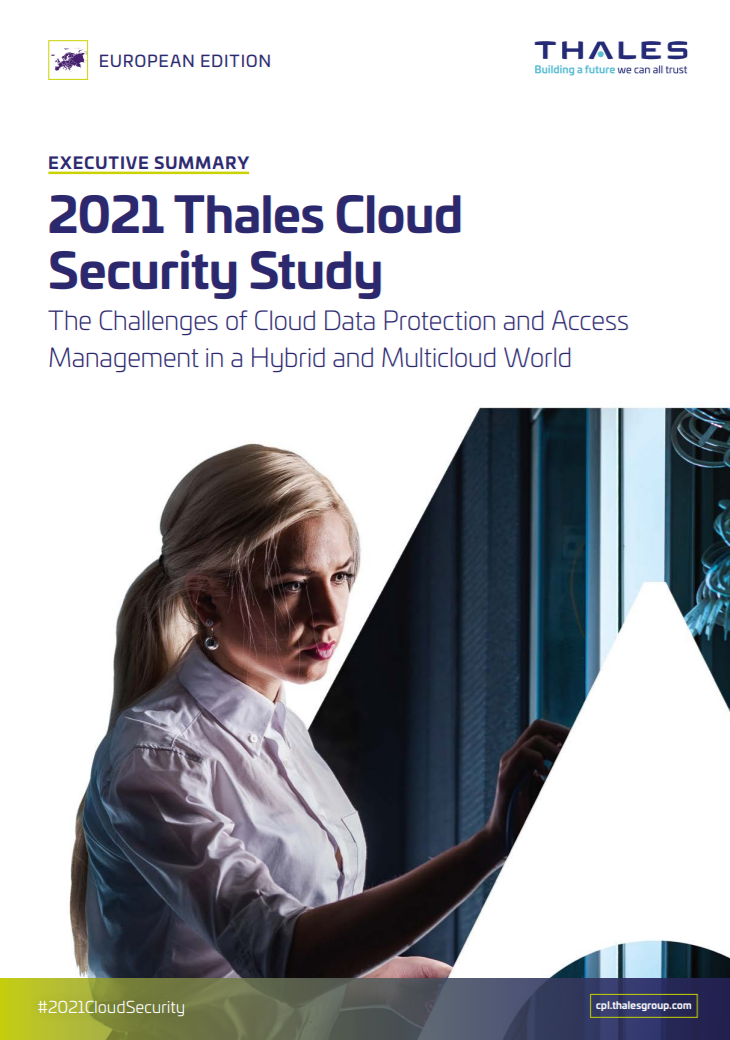Over a third of applications have high-risk vulnerabilities
Synopsys report reveals that 97% exhibit some form of vulnerability


Almost all applications have some form of software vulnerability, according to a report published this week by software security company Synopsys.
Synopsys tests software for its clients, both without any access to the application at all and with valid user credentials. It ran 3,900 software tests on 2,600 target applications and systems and found 97% exhibiting some form of vulnerability.
More than a third of the vulnerabilities were high-risk, allowing attackers to access application resources and data, said Synopsys' “2021 Software Vulnerability Snapshot” report. It also found 6% were critical, meaning that they would allow attackers to access sensitive information.
The most common high-risk vulnerability was cross-site scripting, at 28%, followed by a failure to rate-limit login attempts, which renders the application open to brute force attacks.
The top critical vulnerabilities stemmed from SQL injection attacks, which allow attackers to manipulate the back-end database by inserting SQL commands into the application interface. These vulnerabilities have existed since the early days of web applications and frequently make the OWASP Top 10, which is a list of the most common security flaws found in web applications and is updated roughly every four years.
The vulnerabilities found in the report mapped closely to those detailed in the 2021 edition of the OWASP Top 10. Three in four matched those on the OWASP list.
RELATED RESOURCE

2021 Thales cloud security study
The challenges of cloud data protection and access management in a hybrid and multi cloud world
Synopsys warned that even lower-risk vulnerabilities can be dangerous. "For example, verbose server banners — found in 49% of the tests — provide critical information such as server name, type, and version number that could allow attackers to perform targeted attacks on specific technology stacks," it said.
Sign up today and you will receive a free copy of our Future Focus 2025 report - the leading guidance on AI, cybersecurity and other IT challenges as per 700+ senior executives
The report, which ran analysis, including penetration tests and static analysis, made some recommendations to help companies avoid the fallout from attacks. It advised them to implement content security policies protecting against attacks that could access data in the application without authorization. It found missing or inadequate policies in 77% of the tests.
The report also recommended a software bill of materials to detail third-party libraries used in applications and assess their security. Almost one in five tests revealed applications using vulnerable third-party libraries.
Danny Bradbury has been a print journalist specialising in technology since 1989 and a freelance writer since 1994. He has written for national publications on both sides of the Atlantic and has won awards for his investigative cybersecurity journalism work and his arts and culture writing.
Danny writes about many different technology issues for audiences ranging from consumers through to software developers and CIOs. He also ghostwrites articles for many C-suite business executives in the technology sector and has worked as a presenter for multiple webinars and podcasts.
-
 I couldn’t escape the iPhone 17 Pro this year – and it’s about time we redefined business phones
I couldn’t escape the iPhone 17 Pro this year – and it’s about time we redefined business phonesOpinion ITPro is back on smartphone reviews, as they grow more and more intertwined with our work-life balance
-
 The gig economy: Past, present, and future
The gig economy: Past, present, and futureFeature The rise of the gig economy represents a new era of flexible working despite being plagued with controversies
